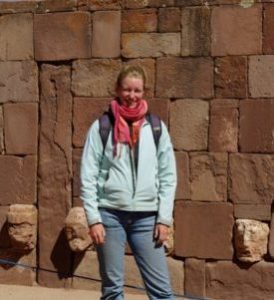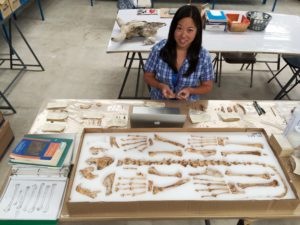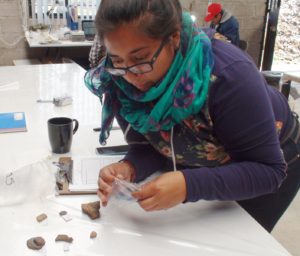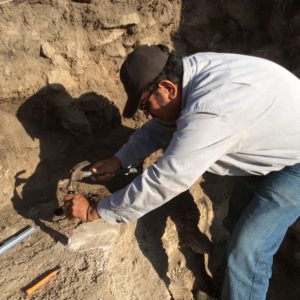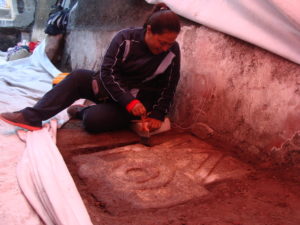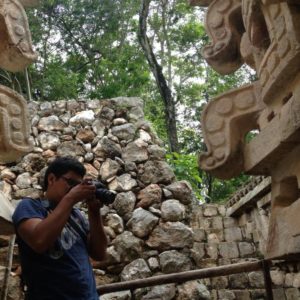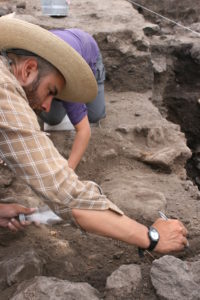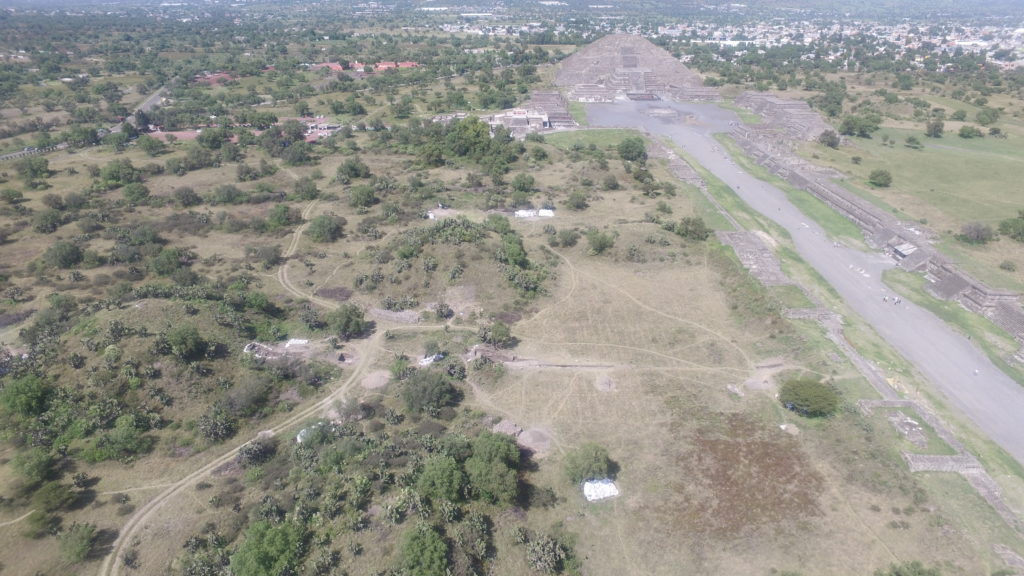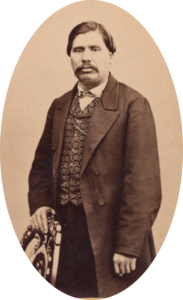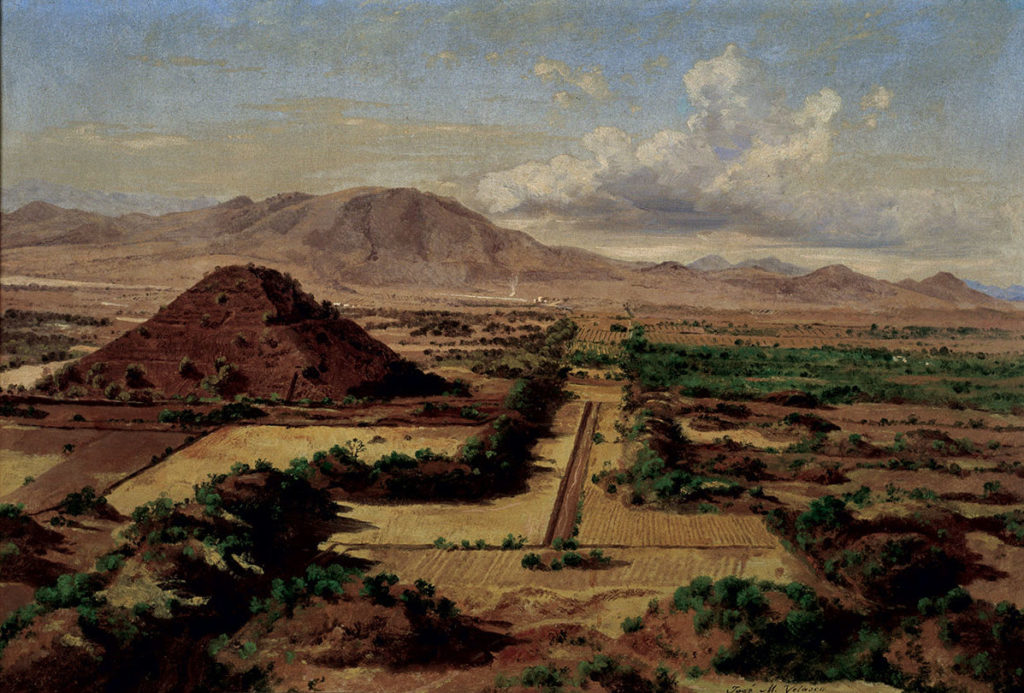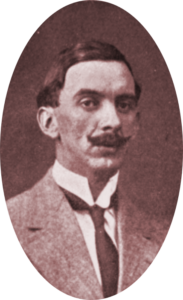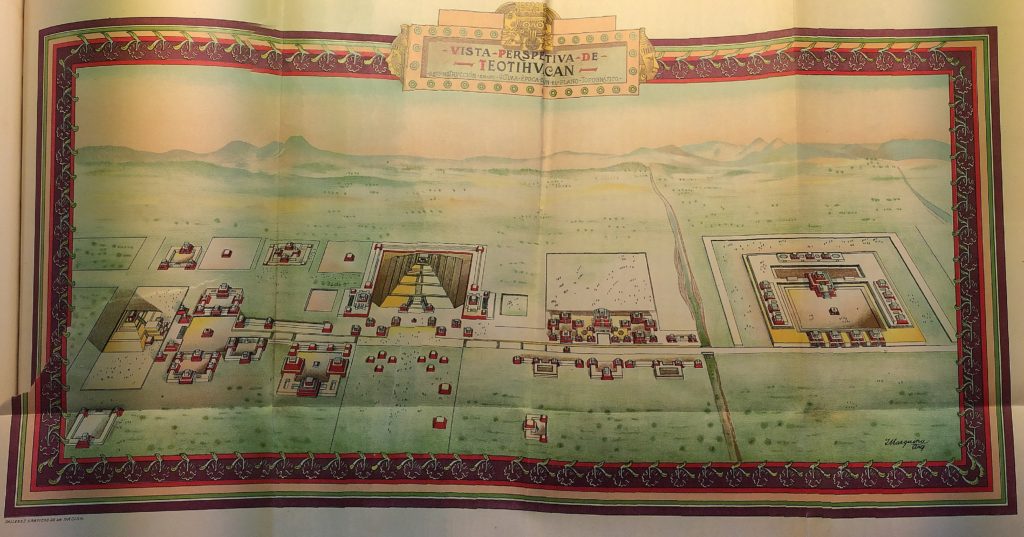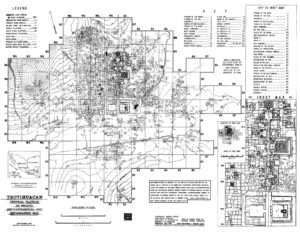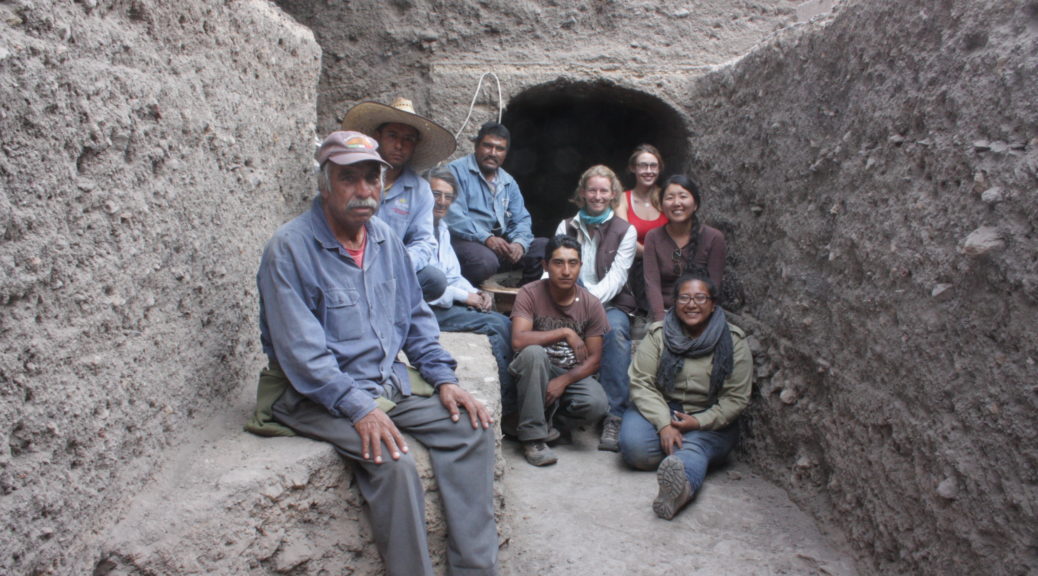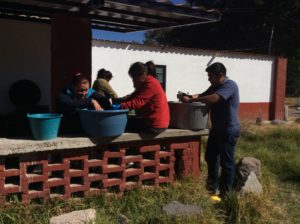Directors
In the first excavation season (2015), four sectors were selected to be excavated and were each given a front name: Front A, Front B, Front C, and Front D. For the second season (2016), we opened a new sector called Front E and Front F was opened for the third season (2017).
Directing each front is an archaeologist responsible for overseeing operations and managing a team of field assistants as well as one or more additional archaeologists.
Verónica Ortega Cabrera
Director of Front A (2015-2018)

Dr. Ortega is the Assistant Director of the Archaeological Zone of Teotihuacan for the National Institute of Anthropology and History (INAH). She knew she wanted to be an archaeologist from her first memorable experience at the age of six when she saw the famous Mexica-Aztec Coyolxauhlqui sculpture.
She studied archaeology at the National School of Anthropology and History (ENAH), followed by a master’s degree in Mesoamerican Studies at the National Autonomous University of Mexico (UNAM) and a doctorate at the Faculty of Philosophy and Letters at UNAM. She also has a degree in Communication Science at UNAM.
Dr. Ortega has worked directly with excavations at the Oaxaca Barrio at Teotihuacan for her doctoral project. She specializes in the archaeology of the Central Highlands in Mexico, particularly in Teotihuacan. Dr. Ortega is also the director of a few projects focused on the conservation and research of various sites including the excavations at the Moon Pyramid Plaza and the Quetzalpapálotl Palace. In her current position, she is in charge of various aspects of the site, such as supervising research and conservation projects and designing and implementing outreach programs.
Saburo Sugiyama
Director of Front B (2015-2017), Front D (2018-2019), and Front F (2017-2019)
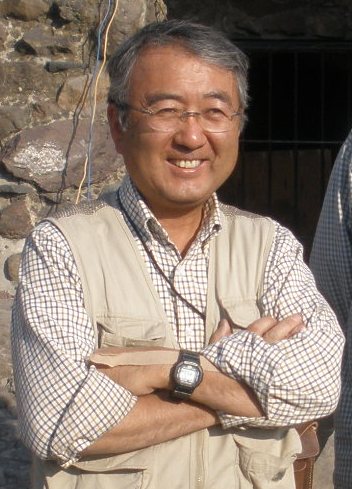
Dr. S. Sugiyama is a professor at the Graduate School of International Cultural Studies at Aichi Prefectural University, Japan, and is a research professor for the School of Human Evolution and Social Change at Arizona State University, U.S.A., where he obtained his Ph.D. in 1995.
His major research interests include Mesoamerican archaeology, ancient complex societies, urbanism, architecture, symbolism, and theories of cognitive archaeology. He has participated in numerous archaeological projects in Japan, Guatemala, and Mexico. He has been very involved in the ancient urban city of Teotihuacan where he has carried out intensive excavations at the Moon Pyramid, the Feathered Serpent Pyramid, and the Sun Pyramid.
Dr. S. Sugiyama has received several awards, including Commendations from the Ministry of Foreign Affairs in Japan in 2012 and the Shanghai Archaeology Forum Award in 2013. He has published more than 80 chapters, various articles in academic journals, and books (e.g., Human Sacrifice, Militarism, and Rulership: Materialization of State Ideology at the Feathered Serpent Pyramid, Teotihuacan, Cambridge University Press, 2005).
Click here to view his Curriculum Vitae.
Nawa Sugiyama
Director of Front C (2015-2017), Front D (2015-2019), and Front A (2018-2019)
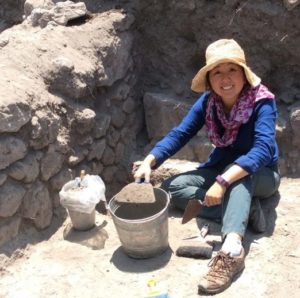
Dr. N. Sugiyama joined the Sociology and Anthropology Department at George Mason University (GMU), Virginia, U.S.A., as an assistant professor in spring 2016. She received her Ph.D. in Anthropology from Harvard University in 2014 where she transitioned to become a Peter Buck postdoctoral fellow at the National Museum of Natural History at the Smithsonian Institution.
For her dissertation, she documented the earliest evidence of carnivore management in Mesoamerica at the site of Teotihuacan where pumas, jaguars, wolves, golden eagles, and rattlesnakes were sacrificed. She did her postdoctoral work on the felids associated with Altar Q in Copan, Honduras, and demonstrated a wider practice of managing wild carnivores for ritualistic purposes. In both cases, she combined zooarchaeological and isotopic data to reconstruct how past human-animal encounters were integral components of the cosmological and socio-political landscape. She is currently working towards building an Archaeological Sciences lab at GMU to continue her interest in utilizing isotopic analysis to reconstruct ancient animal and human diets, migration patterns, and environments.
She has conducted her fieldwork, lab work, and writing with support from various institutions including the National Science Foundation, the Smithsonian Institution, Dumbarton Oaks Research Library and Collection, Harvard University, and the Fulbright Foundation.
William L. Fash
Director of Front D (2015, 2017)

Dr. Fash is the Bowditch professor of Central American and Mexican Archaeology and Ethnology at Harvard University, U.S.A. He obtained his B.A. in Anthropology from the University of Illinois and received his Ph.D. at Harvard University in 1983. In 1977 he joined Gordon R. Willey’s archaeological project in Copán in Honduras of Central America, and he has been working at Copán ever since.
He served as Chair of Harvard’s Department of Anthropology from 1998 to 2004 and as Director of the Peabody Museum of Archaeology and Ethnology from 2004 to 2011. He continues to codirect the Mesoamerican Laboratory at the Peabody with his spouse and life-long collaborator Barbara Fash. And from 2000 to 2003, Dr. Fash conducted archaeological excavations at the Xalla Compound in Teotihuacan, Mexico, with his colleagues Leonardo López Luján and Linda Manzanilla.
Dr. Fash has published various books, including Scribes, Warriors, and Kings: The City of Copán and the Ancient Maya (1991, rev. ed. 2001); Copán: The History of an Ancient Maya Kingdom (2005, with E. Wyllys Andrews); and The Art of Urbanism: How Mesoamerican Kingdoms Represented Themselves in Architecture and Imagery (2009, co-edited with Leonardo López Luján). Because of these accomplishments, he has been decorated twice by the government of Honduras – the Hoja de Laurel de Oro, a lifetime achievement award that recognizes 40 years of service in preserving and documenting Honduras’ cultural heritage, and the 2015 Orden del Pop award from the Museo del Popol Vuh, Guatemala, for his contributions to the Maya heritage.
David Carballo
Director of Front E (2016-2017)
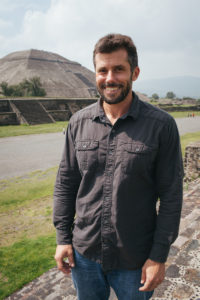
Photo by Alicia Vera for Boston University Photography
Dr. Carballo is an Associate Professor of Archaeology at Boston University, Massachusetts, U.S.A. He received his Ph.D. in Anthropology at the University of California Los Angeles, U.S.A., in 2005 and specializes in pre-Hispanic Mesoamerican civilizations, particularly in the Mexican highlands. He is a tutor in the Mesoamerican Studies graduate program at the Institute of Anthropological Research (IIA) at the National Autonomous University of Mexico (UNAM) as well as a member of the Board of Advisors for the Mexican journal Arqueología Mexicana. Among his publications are: Obsidian and the Teotihuacan State: Weaponry and Ritual Production at the Moon Pyramid (2011, Pittsburgh/UNAM) and Urbanization and Religion in Ancient Central Mexico (2016, Oxford). A link to his project in the District of Tlajinga, Teotihuacan, is available here.
